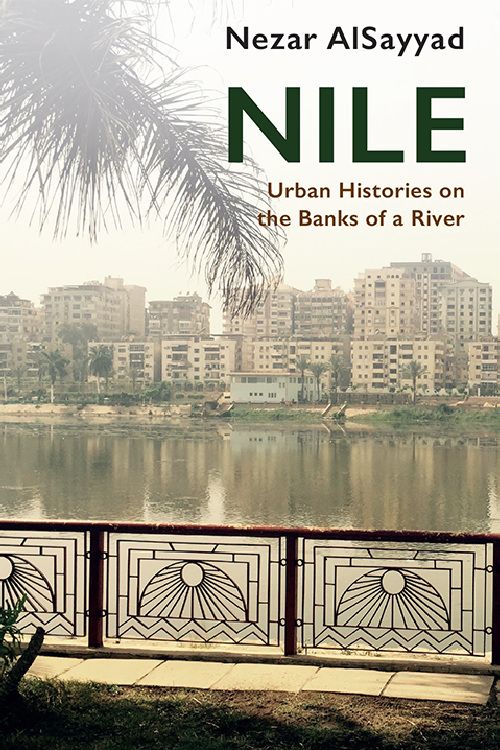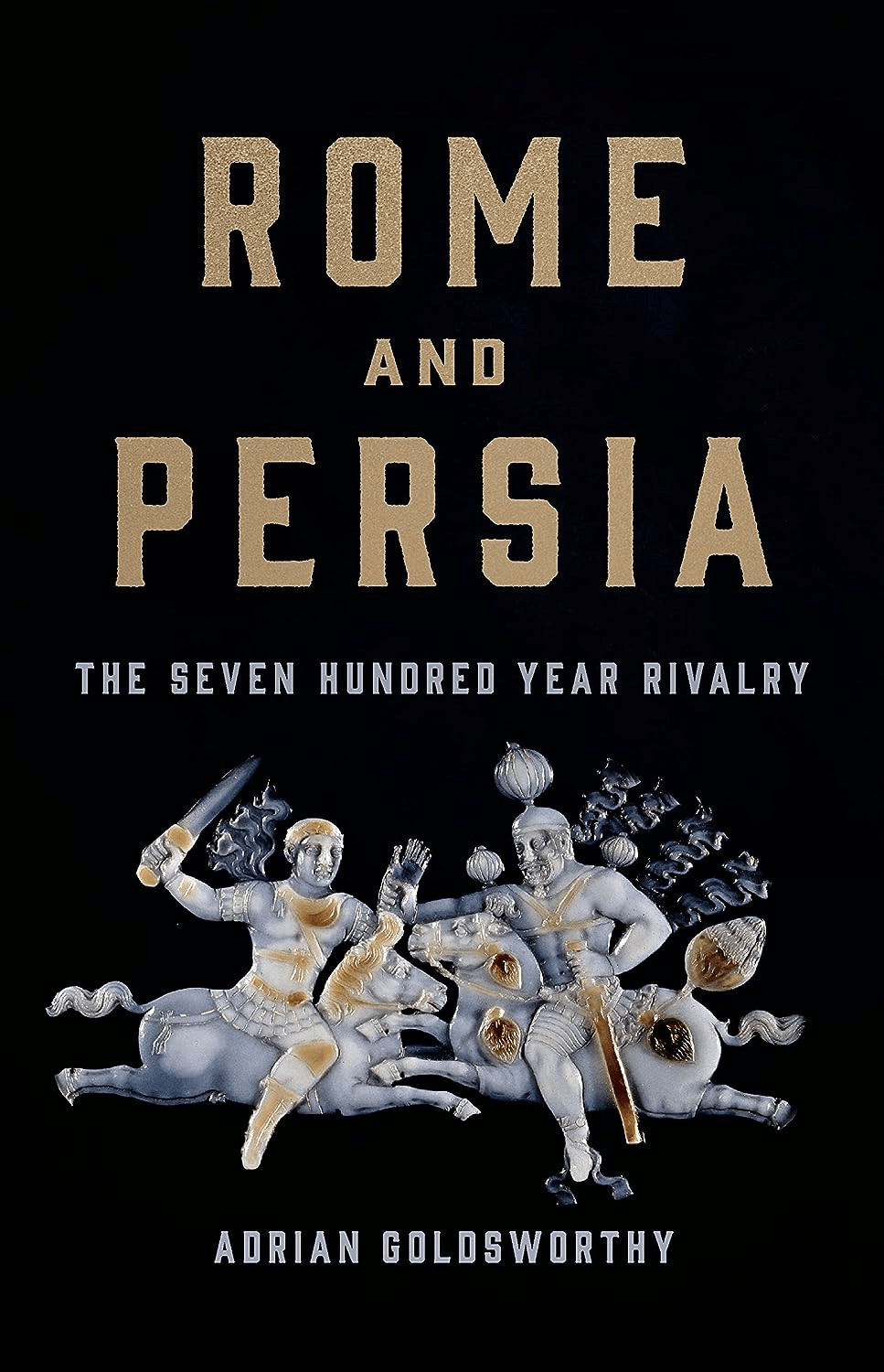
Nile: Urban Histories on the Banks of a River
Tom Verde
Nezar AlSayyad
Edinbergh UP, 2019.
Egyptian urban historian AlSayyad tells the story of the world’s longest river (6,825 kilometers) through a series of vignettes connected with its journey through history and 11 different countries. He treats the Nile as well as its tributaries and lakes “as actors on [a] stage,” with pharaohs, sultans, conquerors and explorers playing supporting roles. The search for the river’s elusive source intrigued the likes of classical Greek historian Herodotus, medieval Arab cartographer al-Idrisi, and intrepid 19th-century British explorer Stanley Livingstone. Without the Nile’s nutrient-rich silt deposits running downstream from the Ethiopian highlands, pharaohs such as 13th-century-BCE Rameses the Great could never have ruled over as rich and prosperous a kingdom. Their retelling offers a fresh look at the history and impact of one of the world’s oldest civilizations. As AlSayyad concludes, the existence of urban centers and monumental sites, from Alexandria to Abu Simbel, Khartoum to Kampala all owe some measure of debt to the Nile.
—Tom Verde
You may also be interested in...
.png?cx=0.45&cy=0.59&cw=382&ch=519.4922937443337)
New Book Decodes Mystery Behind Sixth Century Mosaic Pavement
Jane Chick’s 2024 study on enigmatic Libyan mosaic bridges Late Antiquity Roman and early ecclesiastical art.
In War and Peace, Book Explores How Rome and Persia Remained Frenemies
Book Review: In his latest scholarly work, Roman historian Adrian Goldsworthy reduces Persian and Roman longevity to simply an ever-evolving coexistence.